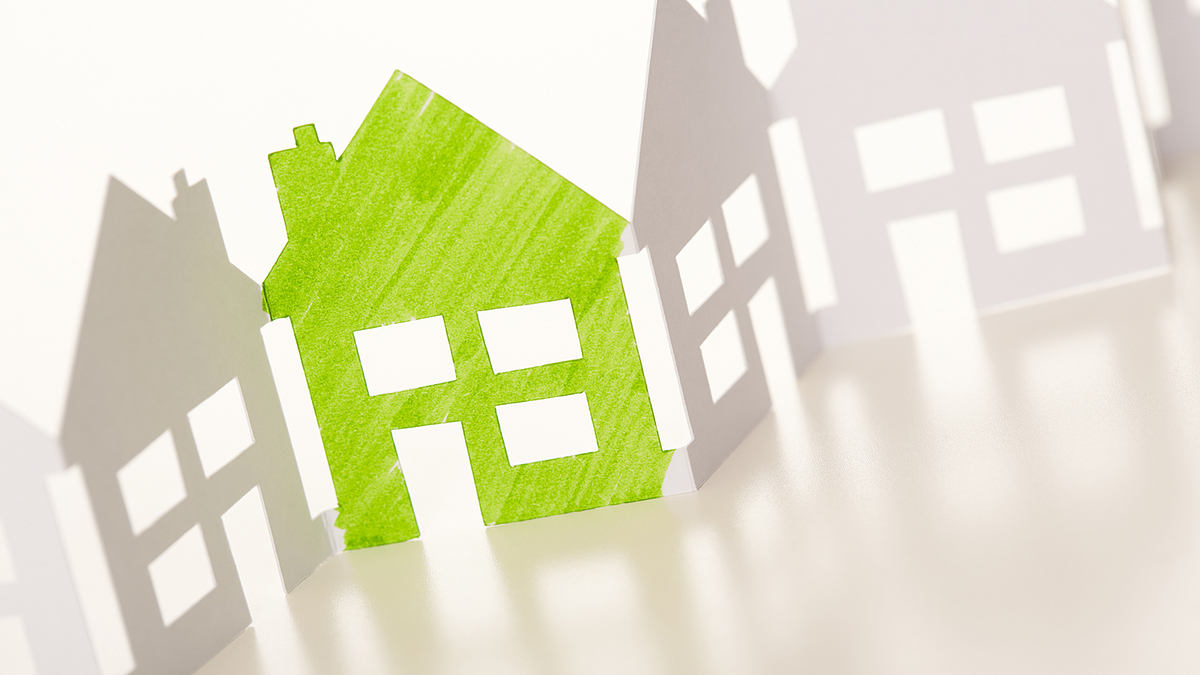How "Business-as-Usual" Products Can Present Green Building Opportunities

At a recent green building conference, one education session of interest highlighted top green building products for a changing climate.
The session presented business-as-usual scenarios of products that tend to be inefficient or have issues, and then building and materials science experts featured products and applications for more efficient opportunities. Here are some great examples:
Issue: The more temperatures rise globally, the more rain there will be, because warm air holds more water than cold air. Poor stormwater management can lead to sewage in the watershed, among other issues.
Opportunity: A rooftop stormwater management system that uses smart drains to look at weather patterns to store water and distribute to the municipal system or hydrate the green roof when appropriate.
Issue: Heavy, carbon-intensive gypsum board?
Opportunity: Some eco-panels are the same price as drywall, faster to install, lighter, and uses 20% less carbon dioxide and 25% less water during the manufacturing process.
Issue: Glazed windows that have poor thermal performance.
Opportunity: There are products that use thin glass and krypton gas (which works best in thin spaces) to make a thermally-efficient window that is triple-glazed.
The explanations of the building science for each issue made the need for green solutions apparent, and helped to highlight why innovation in product design and materials is so important.
Some products feature alternative materials, such as a fiber that uses waste straw from local rice harvests to create formaldehyde-free medium- and high-density fiberboard. More than 300 exhibitors were on the Expo floor this year, from smart windows that help block the sun when needed, to sustainably harvested wood products, to a tour-able tiny house.
Themes of health and well-being echoed throughout the exhibitor hall and educational sessions, and helped to put into context how new, green products could potentially help solve today’s issues to make more resilient buildings for our future.
For more information about NAHB’s sustainable and green building programs, contact Program Manager Anna Stern. And to stay current on the high-performance residential building sector, follow NAHB’s Sustainability and Green Building team on Twitter.
*Note: All articles have been redistributed from NAHBnow.com*

